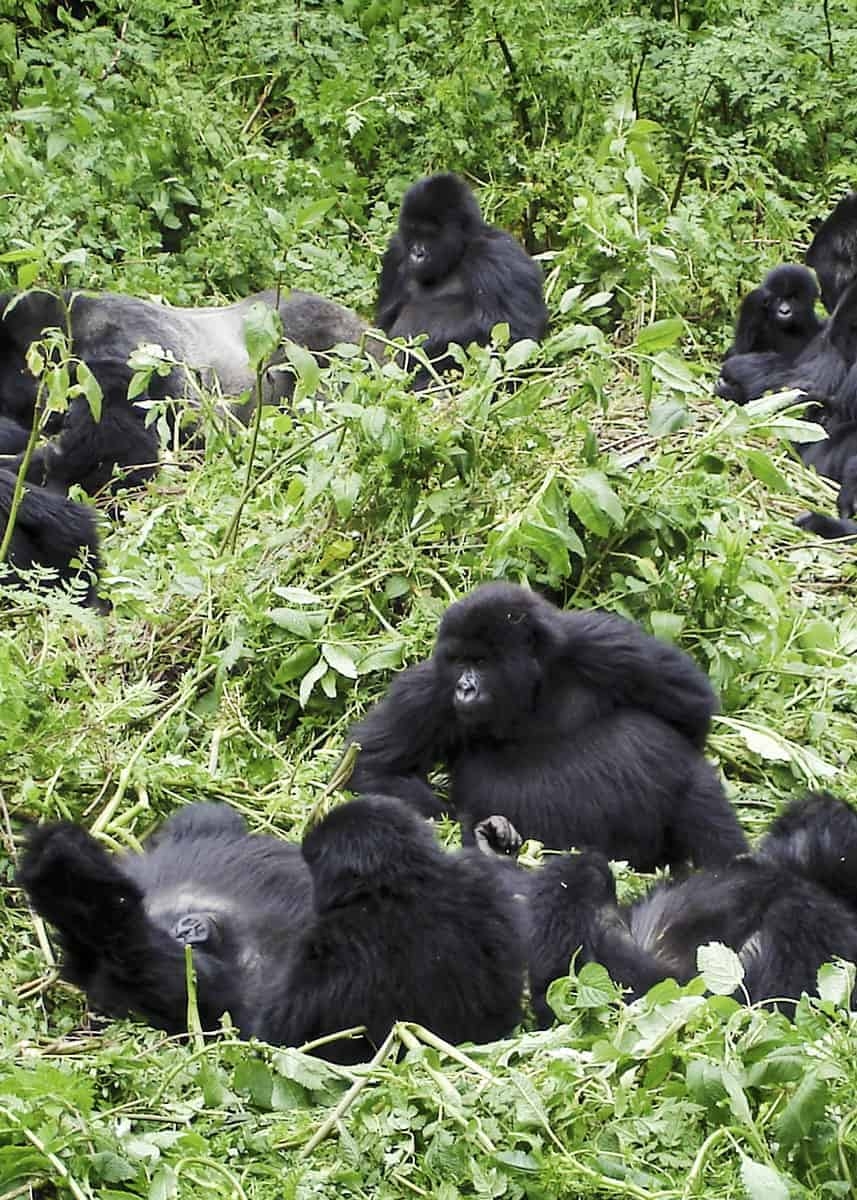Apes are a diverse group of primates that are known for their intelligence and social behaviors. One particular group of apes is especially fascinating due to their complex social structures and behaviors. These apes exhibit remarkable communication skills and hierarchical systems within their groups.
One of the most well-known groups of apes is the chimpanzees. Chimpanzees live in large communities led by an alpha male. They communicate through vocalizations, gestures, and facial expressions. These apes are known for their tool-making abilities and problem-solving skills, making them one of the most intelligent species of apes.
Group of Apes Called
Gorillas are another group of apes that live in close-knit family groups led by a dominant silverback male. These gentle giants exhibit strong social bonds and communicate through vocalizations and body language. Gorillas are herbivores and spend most of their time foraging for food in the forests of Africa.
Orangutans are solitary apes that live in the rainforests of Borneo and Sumatra. Despite their solitary nature, orangutans exhibit complex social behaviors and communicate through long calls and gestures. These apes are known for their arboreal lifestyle, spending most of their time in the treetops.
Bonobos, also known as pygmy chimpanzees, are a group of apes that live in the forests of the Democratic Republic of Congo. Bonobos are known for their peaceful and egalitarian social structure, with females playing a prominent role in the group. These apes resolve conflicts through sexual behaviors and grooming, creating a harmonious group dynamic.
Gibbons are a group of small apes known for their acrobatic abilities and melodious songs. These apes form monogamous pairs and defend their territories through vocalizations. Gibbons swing from tree to tree using their long arms, exhibiting remarkable agility and coordination in the treetops.
In conclusion, the group of apes known for their complex social structures and behaviors include chimpanzees, gorillas, orangutans, bonobos, and gibbons. These apes exhibit a wide range of communication skills and social behaviors, highlighting the diversity and intelligence of the ape species.
